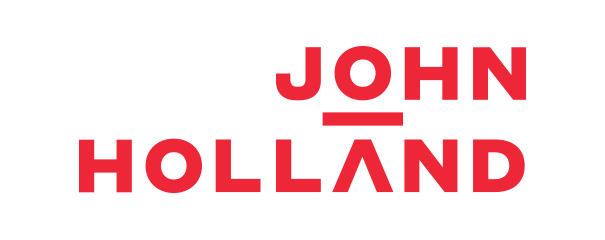
Barton Maher, Manager Engineering & Technical (Major Projects) – Seqwater
Seqwater is delivering a suite of dam projects as part of a Dam Improvement Program. This program of work is driven primarily by changes in assessed risk and the evolution of good practice. As an owner, the asset risks ultimately belong to Seqwater along with the obligations of ownership – to provide a safe, reliable and affordable bulk drinking water supply.
The challenges
In delivering our Dam Improvement Program there are a number of key delivery challenges including:
- The limited number of dam projects which occur around the country, resulting in a small pool of skilled professionals.
- Generational change, mentoring and the transfer of knowledge within the dam industry.
- The true multi-disciplinary nature of dam projects and the critical interaction required between each discipline to manage risks.
- The bespoke nature of each project leading to one-off project specifications and designs, increasing project complexity for construction partner bids.
- The limited opportunities for the construction industry professionals to understand the key differences in the delivery risks of a dam project and the need to demonstrate that high quality construction outcomes have been achieved.
- Investment in water is highly political and driven by the State Governments in response to drought and floods. The lack of a clear pipeline of projects at a national level creates a boom and bust cycle.
The potential solutions
So, what are some of the potential solutions to overcome these challenges for Seqwater? As the Dam Improvement Program has progressed, the scale and complexity of the projects are increasing. Building upon previous projects and industry feedback Seqwater is looking to develop several strategies to address risk.
Continuity of design partners
Historically, design partners have been maintained as the project planning and approvals progress. The continued relationship with a trusted advisor allowed the project scoping to build upon the knowledge gained from previous phases. As the scale of projects increases, this is becoming more challenging given the long planning phases and the value of professional fees. There are varied opinions on this strategy! Does it work against price tension and hinder innovation? What is your opinion on this?
Independent review panels
Review panels have been established for each project at the early stages of planning during problem definition, so that investigations are able to focus on key areas of uncertainty and develop options address the key risks and performance criteria. The panel members are appointed based on the key technical risks for the project and to supplement available expertise within Seqwater.
Design development
Fully developing the design scope and specifications – prior to construction – to inform tenderers of the project requirements. For the larger projects that may use alternative delivery methods, Seqwater is focused on progressing the design investigations sufficiently to allow risks to be adequately understood, allocated and priced within the project budget.
Early tenderer involvement
Early tenderer involvement (ETI) has also been used during the project tender periods and prior to contract award. This provides opportunities for constructing partners to understand unique project risks. For Lake Macdonald, Seqwater has undertaken an extended ETI process with two shortlisted tenderers to work through project, technical and commercial risks. Seqwater modified the ETI process to include market feedback from the business case preparation especially the need to protect sensitive intellectual property.
Further work is required for future projects to refine the level of design definition completed prior to engaging with the construction industry. Allowing early industry input on constructability considerations and innovation can improve project outcomes. However, it is challenging to manage probity, bid expenses and level of effort if the design definition has high uncertainty and industry review is sought too early in the project development phase.
The benefits
The complexity of the multiple interfaces in the planning, design and delivery of a dam project is significant as demonstrated by the Commission of Inquiry – Paradise Dam Report (April 2020).
The goal for Seqwater is to deliver a value for money asset which will safely fulfil its role in our water supply system. Within this headline aspiration are a myriad of other considerations including:
- the safety of our staff, our contractors and the general public during delivery and operation
- attracting and maintaining relationships with competent and reliable delivery partners
- building confidence in the organisation for our shareholders and stakeholders by delivering on time and within budget
- providing confidence that the completed project can meet the design intent through documented verification of each phase of the project delivery
- enhancing our social license to operate
- minimising our impacts on the environment.
Finding opportunities to engage and partner with industry to increase certainty around budget, program and risk in a meaningful way is a priority to achieving these outcomes.
















